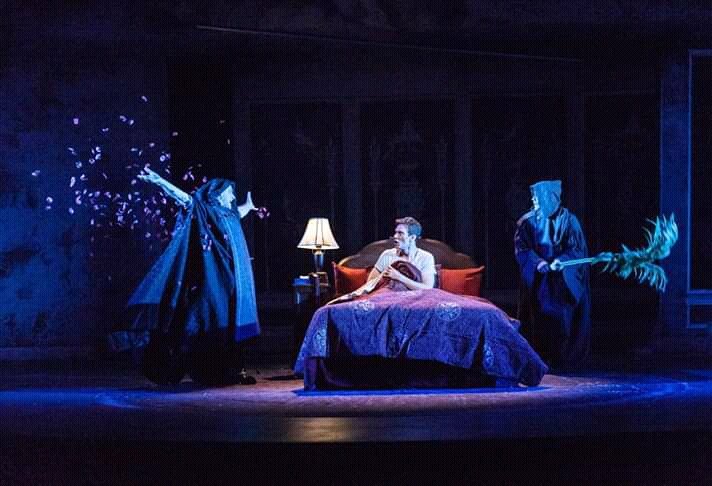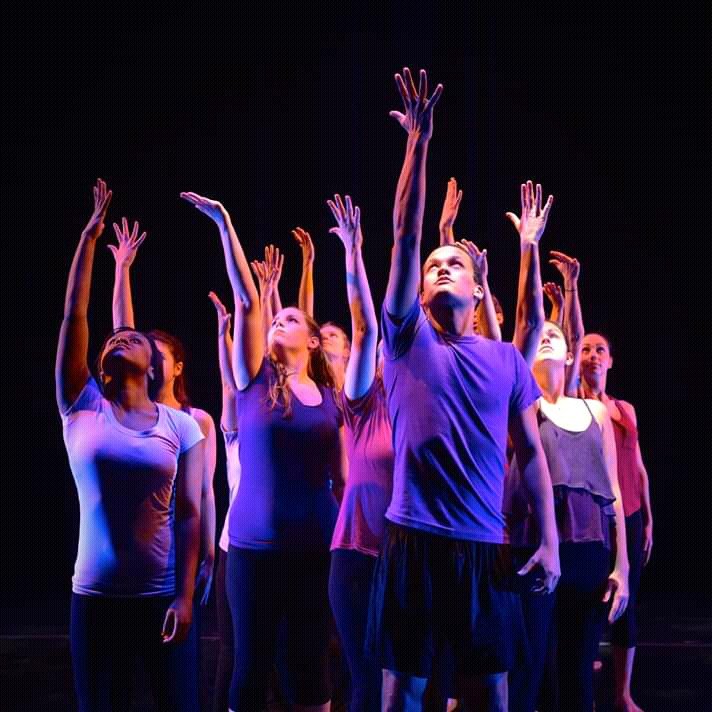Technical theatre according to wikibooks.org encompasses all that goes into making a stage production. The areas of technical theatre are: scenery, lighting, costuming, sound, etc. all of these areas works together in a production to establish the place, time (period, and mood of the production).
Theatre technical equipment are those materials and accessory used by the technical directors. These includes the dimmer, cables, consoles, lanterns, power supply, costume, make-up kit, hammer, flats, props, etc., are the technical equipment used by the technical director. The need to maintain these equipment cannot be over emphasized and this brought about the introduction of technical directors and technicians who manages all the equipment during and after production.
Designers collaborate with the director to focus the audience’s attention on the actor in a special environment: … they create the actor’s environment and make the play’s world visible and interesting to us. Milly S. Barranger (pg.271).
According to Wilson (pg. 254)
The theatre experience does not occur in a visual vacuum. Spectators sit in the theatre watching what unfolds before them. Naturally, they focus most keenly on the performers who are speaking and moving about the stage; but always present are the visual images of scenery, costumes, and lighting-transformations of color and shape which add a significant ingredient to the total mixture …
According to Wilson (pg. 252) “The scenic, costume, lighting, and sound designers are essential members of any production. They give visual and aural life to the ideas of the playwright and director”.
The theatre artists (actors, directors, and designers) create the play onstage in concrete visual terms. Designers of scenery, costumes, sound, and lighting realize the playwright’s intentions graphically, aurally, and visual in the theatre space. Milly S. Barranger (pg 270).
“Scene helps the audience understand and enjoy a play by providing a visual reinforcement of the production concept. However, the scenery hasn’t always been designed with a production concept in mind” J. Michael Gillette (pg 161)
Gillette assert that,
Any dramatic production, unless it is performed outdoors in the daytime, needs some kinds of artificial light. On the other hand, if illumination were the only faction of stage lighting, you could hang a bank of fluorescent light over the stage and forget about all the dimmers, control boards, cables, instruments, and other complicated paraphernalia of stage lighting. J. Michael Gillette (pg 330)
J. Michael Gillette (pg 490)
Makeup ia a vital element in creating the total appearance of the actors. To a great extent, the makeup designer gives the audience its primary clue to the age, health, and vitality of a character. Although the overall appearance of the actor is the costume designer’s domain, the makeup designer, working with the costume designer; is frequently responsible for the design and execution of the makeup. Stage makeup enhances the illusion that the actor has become the character.
designer’s domain, the makeup designer, working with the costume designer; is frequently responsible for the design and execution of the makeup. Stage makeup enhances the illusion that the actor has become the character.
